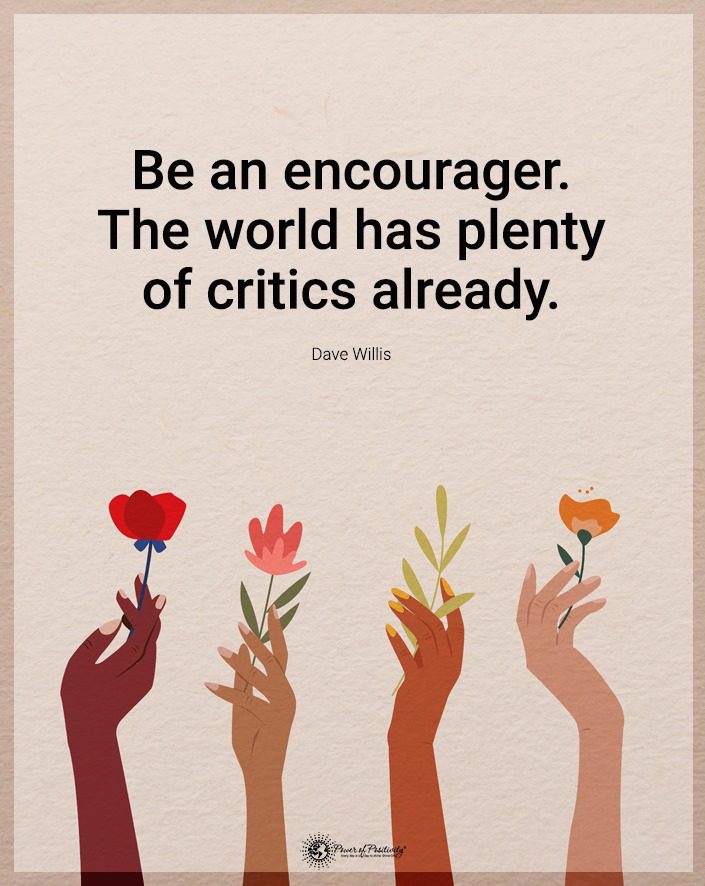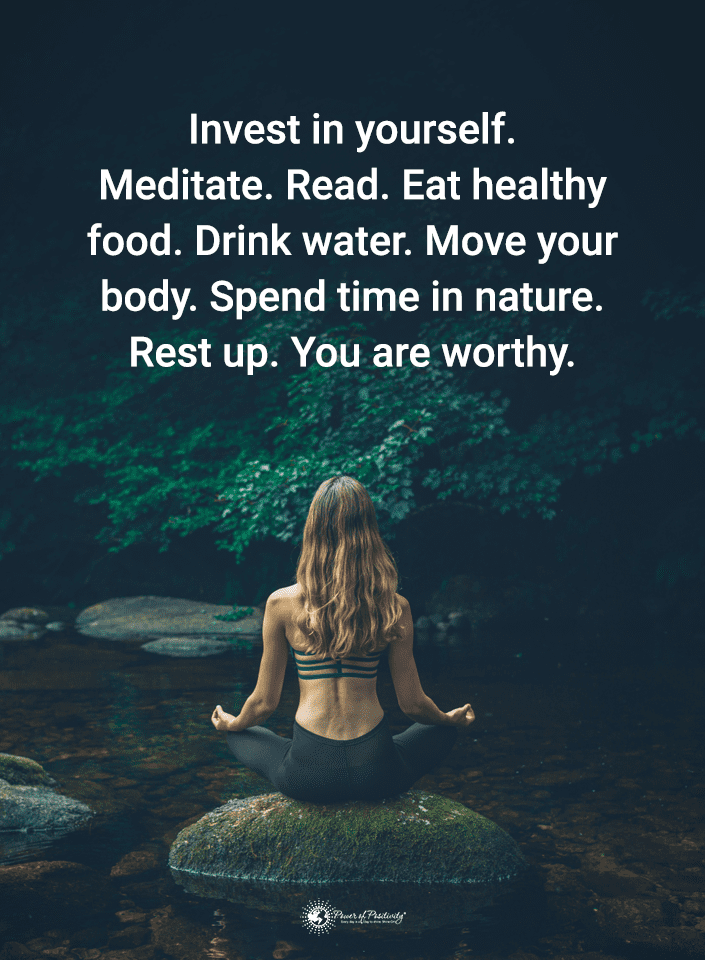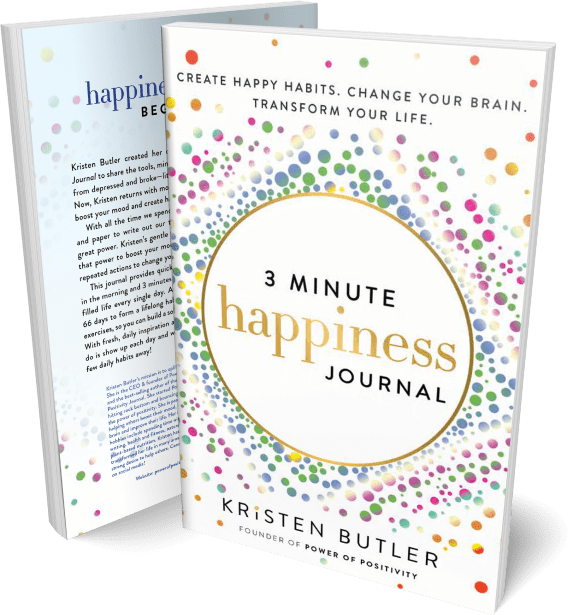This one thing can stop passive aggression in its tracks.
One of the most challenging hurdles any person must face in life is passive aggression – both our actions and dealing with others. Passive-aggressive behavior is a masked way of expressing covert feelings of anger.
It usually means rolling out contrary behaviors designed to get back at another person indirectly without the person recognizing the underlying anger. This sugarcoated hostility can include these actions:
- Procrastination
- Negative behaviors
- Sulking
- Withdrawal
- Giving someone the silent treatment.
This article will share the behaviors that reveal a passive-aggressive person and why our one question can politely put them in their place.
Behaviors That Reveal Passive Aggression
Before we get to the question to disarm this argumentative person, let’s look more deeply into each of the above-mentioned behaviors.
Procrastination May Reveal Passive Aggression
Procrastination can be passive-aggressive if it becomes an act of intentionally delaying or postponing tasks as a form of resistance. It’s a non-confrontational way of expressing dissatisfaction or disagreement.
For instance, if someone disagrees with a task assigned at work but feels unable to express this openly, they might procrastinate as a way of subtly undermining or expressing discontent with the directive. This delay can be a means of exerting control or demonstrating disapproval without engaging in direct conflict.
Example: Alex is assigned a project at work that he feels is beneath his capabilities. He keeps putting off the project instead of discussing his concerns with his supervisor. He misses deadlines and offers excuses like being too busy with other work. His procrastination is a silent protest against the assignment, hoping his supervisor will notice his dissatisfaction without him having to voice it directly.
Negative Behaviors
Engaging in negative behaviors, such as performing tasks poorly, can be a form of passive aggression. When someone is upset or disagrees with a situation but doesn’t feel comfortable expressing their feelings openly, they might resort to doing a subpar job.
For example, if someone is resentful about household chores, they might perform them carelessly, not because they can’t do them well, but to express annoyance. This behavior sends a message of discontent without verbal confrontation.
Example: Sarah is upset with her roommate for consistently leaving the kitchen messy. Rather than directly addressing the issue, she starts to neglect her responsibilities around the apartment. She leaves dishes unwashed and trash unemptied, performing these tasks poorly to demonstrate her frustration. But she really hopes her roommate will pick up on her displeasure.
Sulking Is a Frequent Sign of Passive Aggression
Sulking is a passive-aggressive behavior where an individual expresses unhappiness or disappointment through a sullen demeanor, often without verbally communicating the cause of their distress. It’s a way to draw attention to their dissatisfaction without openly discussing what’s bothering them. Sulking is an attempt to indirectly coerce others into probing and perhaps conceding to their unstated wishes or grievances.
Example: Kevin wanted to go to a specific restaurant for dinner, but his friends chose a different place. During the meal, he remains quiet, doesn’t engage in conversation, and shows little interest in the food. His sullen behavior is meant to signal his displeasure to his friends without him explicitly saying he’s upset about the restaurant choice.
Withdrawal Can Be Passive Aggression
Withdrawal involves distancing oneself emotionally or physically from others to express displeasure or discontent. Passive aggression might manifest as disconnecting conversations, activities, or relationships without explaining why. This behavior can leave others confused. But it is really another way for the passive-aggressive individual to exert control or punish others, forcing them to guess or worry about what they might have done wrong.
Example: Lisa is angry with her partner for forgetting their anniversary. Instead of discussing her feelings, she starts to withdraw emotionally. She becomes less responsive to messages, doesn’t initiate conversations, and spends more time alone. Her partner is left feeling confused and concerned, unsure of what has caused Lisa’s change in behavior.
Giving Someone the Silent Treatment
The silent treatment is a classic passive-aggressive behavior where an individual refuses to communicate or engage with someone as a form of punishment or manipulation. It’s used to express disapproval or displeasure without confronting the issue directly. By not speaking to the person, the passive-aggressive individual can convey their anger or dissatisfaction while avoiding discussing or resolving the underlying problem. This behavior can particularly damage communications, denying the victim the opportunity to address and resolve the issue through open dialogue.
Example: Michael decides not to speak to him after a heated argument with his brother. Even when they are in the same room, Michael acts as if his brother isn’t there, refusing to respond to any attempts at conversation. This silent treatment is Michael’s way of expressing his anger and punishing his brother without discussing the issue further.

The Power of a Simple Question
Imagine you’re faced with a passive-aggressive person. This person can be anyone in your life: a co-worker, friend, or family member. You sense the unspoken tension. Thanks to their unsaid words hanging in the air, you can almost cut the air with the tension. What is the best way to cut through this invisible barrier?
This amazing question to ask:
Can you share whatever is bothering you?
Keep reading to understand more fully WHY this technique works.
Why This Question Can Disarm Passive Aggression
This approach is transformative in curbing passive aggression. It’s common to respond with frustration or confusion when faced with passive-aggressive behavior. However, you’re opening the door to clear, assertive communication by asking an open-ended question.
This question cuts through the ambiguity often associated with passive-aggressive interactions. It moves the conversation from a realm of hidden resentments and unspoken grievances to a platform where feelings can be expressed openly and respectfully. Assertiveness is not about being aggressive; it’s about being honest, direct, and respectful.
This approach empowers both parties to express their thoughts and feelings in a healthier, more constructive manner, setting the stage for a more understanding and mutually respectful dialogue.
Acknowledges the Unspoken Reason for the Passive Aggression
Passive-aggressive behavior thrives in an environment of unspoken anger and unacknowledged feelings. People exhibiting this behavior often feel they cannot express their anger or frustration directly due to fear of confrontation, rejection, or other underlying issues.
You’re shining a light on these hidden feelings by directly asking what’s bothering them. This gesture alone can be incredibly powerful. It validates their emotions and shows that you’re willing to listen and engage. This acknowledgment can be the first step in breaking down the walls of passive aggression. It encourages honesty and can transform a culture of indirect communication into one where emotions and thoughts are expressed openly and dealt with constructively.
Promotes Self-awareness About the Passive Aggression
One of the most profound impacts of asking the person to give this input is the self-reflection it encourages. Often, individuals may not be fully aware of their passive-aggressive behavior or its reasons. You are helping them recognize and understand their emotions and behaviors by prompting them to articulate their feelings.
This self-awareness is critical for personal growth and emotional health. It can also lead to a better understanding of one’s own needs and desires, as well as a realization of the impact of one’s actions on others. Encouraging self-awareness can help individuals break patterns of passive aggression. It may also help them develop more constructive ways of handling conflict and expressing emotions.
Builds Emotional Intelligence
Effective communication is not just about speaking. Rather, it’s also about listening, understanding, and responding appropriately. This question requires and develops emotional intelligence in both the asker and the responder. It involves recognizing emotional cues, understanding the emotions of others, and responding empathically. Engaging in this manner, both parties learn to navigate emotional landscapes more effectively. This kind of interaction can lead to better understanding, stronger relationships, and an ability to handle emotional challenges more effectively in the future. Developing emotional intelligence is essential for creating positive interactions in all areas of life, from personal relationships to professional environments.
Encourages Responsibility for the Passive Aggression
Finally, this question invites the passive-aggressive individual to take responsibility for their emotions and how they communicate them. Acknowledging and articulating their feelings, they take the first step in owning their emotions and reactions. This sense of responsibility is empowering. It moves the individual away from a mindset where emotions happen to them to one where they recognize they have a choice in how they respond and communicate.
This shift is critical for personal growth and developing healthier, more mature emotional responses. Responsibility in this context is not about blame; it’s about empowerment and the recognition that we all have a role in interacting with the world around us.
Final Thoughts on the Question to Win Against Passive Aggression
Transforming passive-aggressive behavior into healthier forms of communication is not an overnight process. It involves acknowledging and addressing the underlying emotions and thought patterns that drive such behavior. It requires patience, empathy, and, often, the guidance of a mental health professional.
Dealing with passive-aggressive behavior is a challenge, but it’s not insurmountable. By asking, “Can you share whatever is bothering you?” you take a crucial step towards open, honest, and respectful communication. The question seeks to understand, heal, and bridge gaps created by unspoken words and hidden emotions.


















